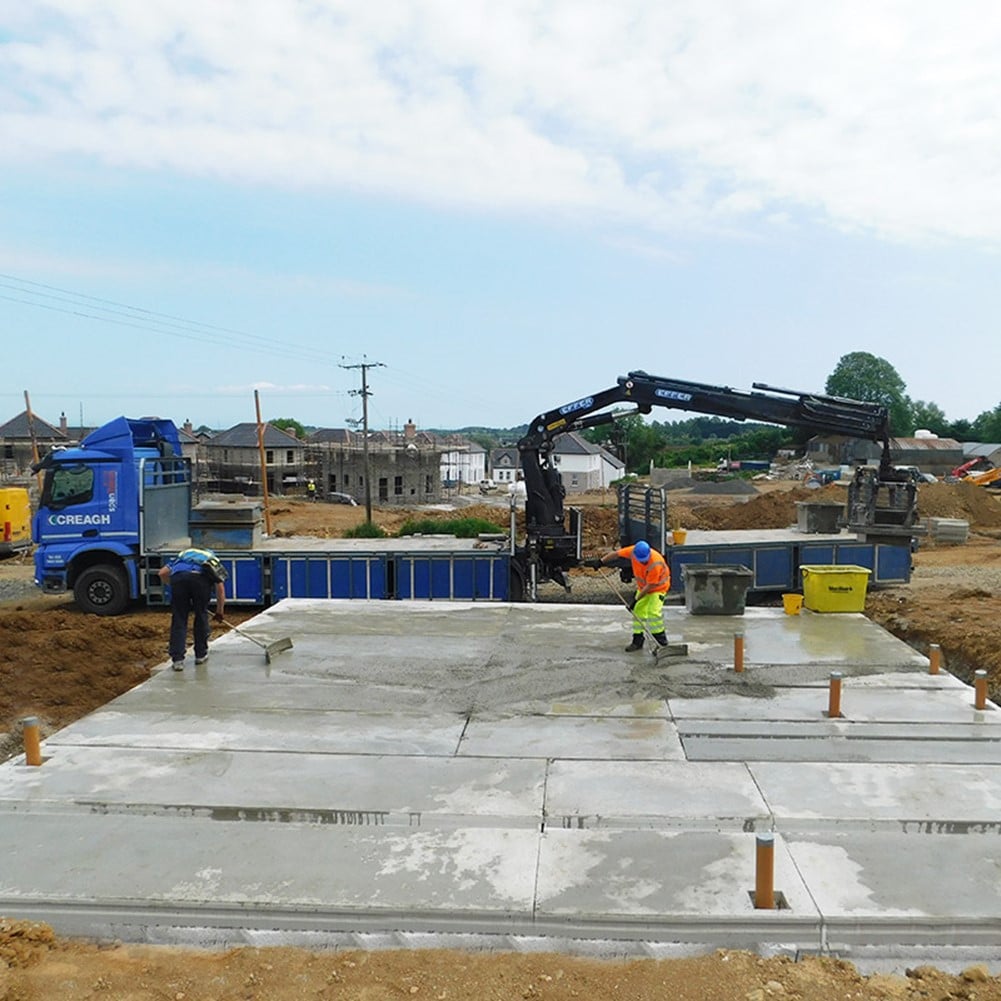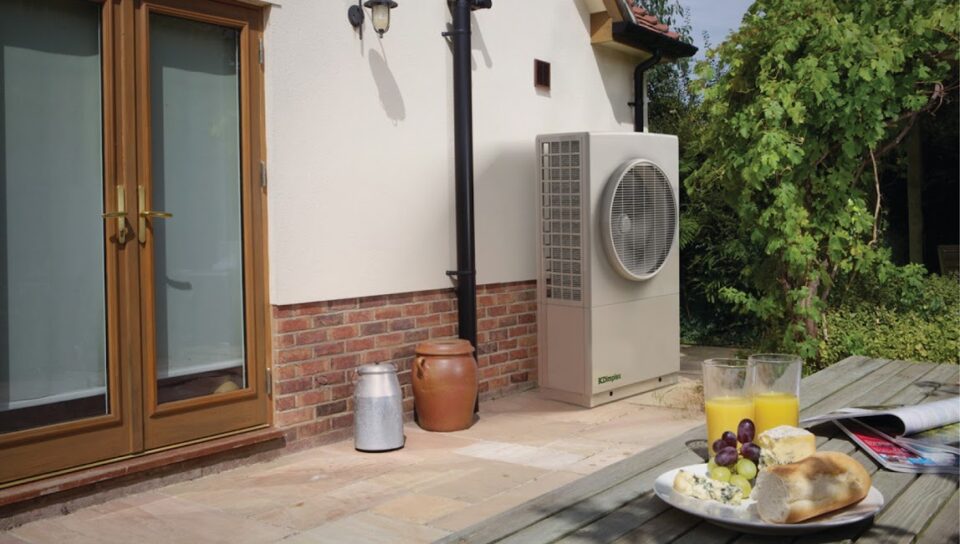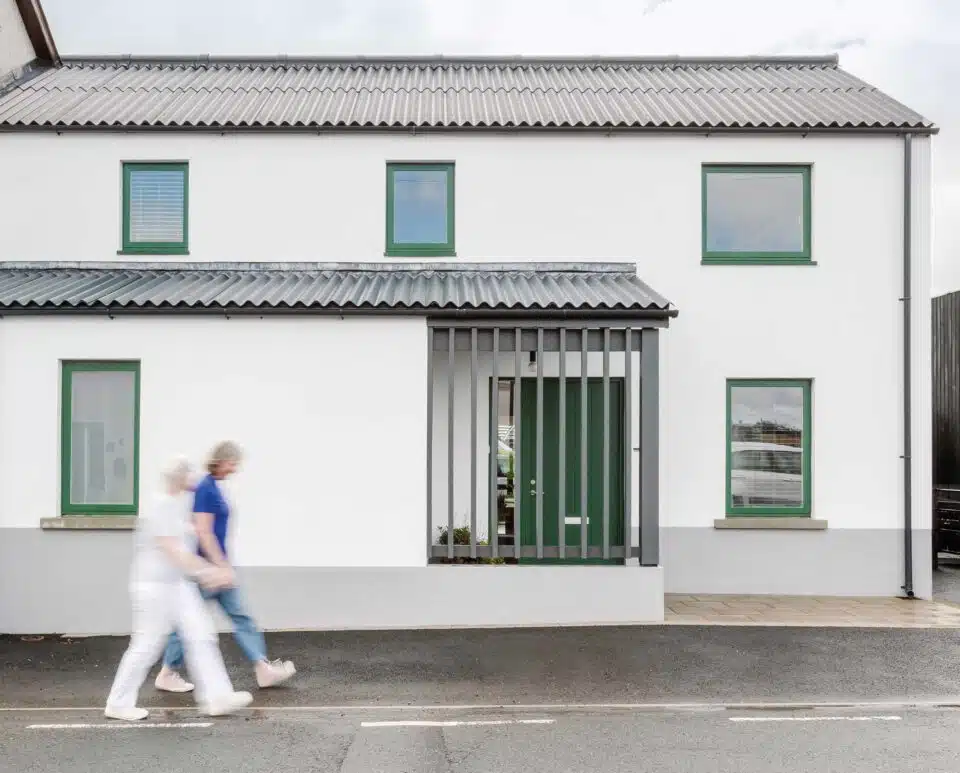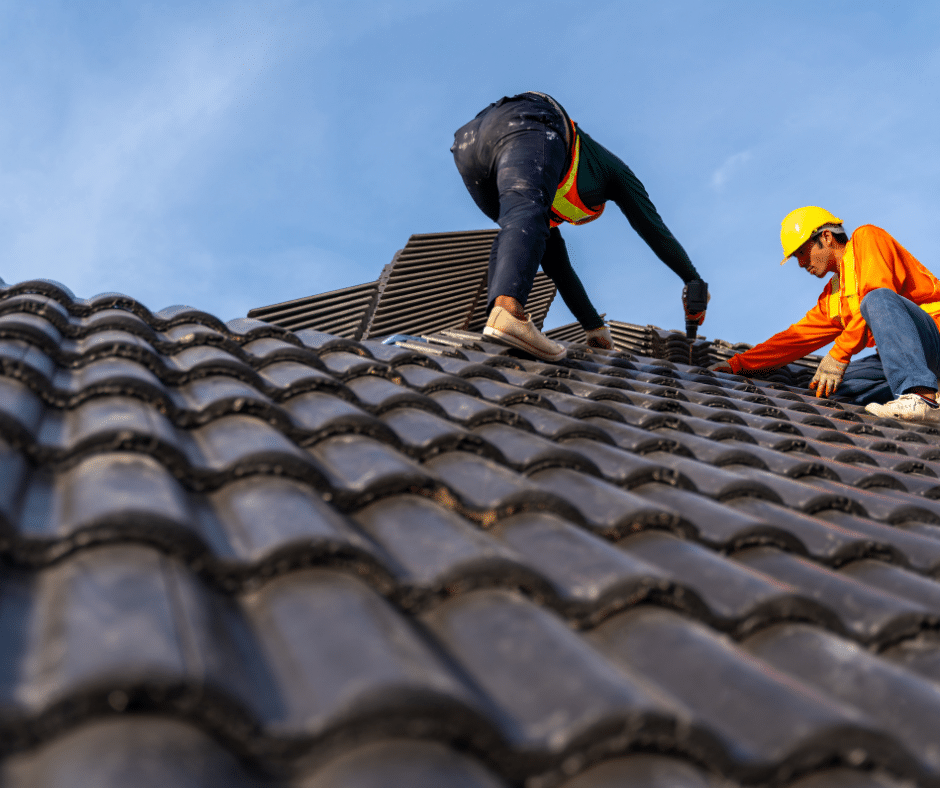In this article we cover:
- How foundations are designed for timber frame
- How the structure is connected to the foundations
- Foundations types and how they work with timber frame
- Standards to be aware of
Foundations for timber frame buildings should be designed to suit the site conditions and the loads that they are intended to support. Any of the usual concrete foundation options might be used, such as standard strips, piles and beams, pads or rafts.
The next most important objective will be how best to connect and support the timber frame structure on the foundations.
Where wall panels are expected to resist lateral and/ or vertical uplift loads, the sole plates must be adequately anchored to the substructure. There are many suitable anchor plate type products on the market for this purpose and they should either be stainless steel or galvanised steel, according to the exposure class and ground conditions.
Obviously, fix them in accordance with the structural engineer’s recommendations and the manufacturer’s written instructions. The sole plates can alternatively be shot-fixed into the base masonry or concrete. If it is masonry, the solid concrete blocks must be correctly specified and positioned to receive the fixings.
Utmost care must be taken to keep the radon barrier and/or damp proof membrane (DPM) intact with no punctures. Sole plates for even non-load-bearing internal stud partition walls will also be fixed down to keep them in position.
“…care must be taken to keep the radon barrier and/or DPM intact with no punctures…”
Strip foundations are the most straightforward but only if ground conditions are accepted as ‘normal’ by your designer, the building control inspector (NI) and the structural engineer. The other foundation types will need to be designed by the structural engineer.
Strip foundations will have blockwork walls or footings built up on them, upon which the timber frame wall sole plates are affixed. The correct specification for concrete blocks used below damp proof course (DPC) or DPM level will have been specified by your designer and will typically have a minimum crushing strength of 7.3N/sqm and be manufactured to comply with BS EN771. The width of any footing or substructure wall should be at least equal to the width of any wall it supports.
Raft foundations are a faster and more economical solution than the usual strip foundation and subfloor construction, due to the fact that there are no footings and much less excavation work is required.
By providing an accurate, level and solid base right from the start, contractors tend to find them very easy to work with. There is a choice of raft foundation solutions available, from casting your own raft on site, to using insulated formwork provided by some of the insulation manufacturers.

Some insulated formwork solutions can provide a base which is suitable for Passivhaus construction. The preconstruction soil investigations will inform your structural engineer as to whether a raft foundation will be suitable and if so, it will be designed with full calculations, reinforcement placement drawings and rebar schedules.
Pile foundations with the correct top fixing procedures can directly support a timber ring beam to support the timber frame walls, thus avoiding the need for the reinforced concrete beam usually required for block or brick walls.
This system would mean that as there is no structural base for the outer leaf of the cavity wall, the external cladding would need to be lightweight construction such as timber or composite cladding, carried on the face of the timber frame wall panels. It would also usually mean that the ground floors will need to be of a suspended timber construction.
If that doesn’t suit your house design, then, although it uses a lot more concrete you could revert to the more usual solution of precast concrete floor planks supported on the ring beams which are in turn cast onto the pile heads.
Pad foundations, as we have seen with the Segal method, can be simple with a very low environmental impact as long as the structure is kept as lightweight as possible.
Owing to the very low weight of the structure, your structural engineer will advise on suitable means of preventing wind uplift. Larger reinforced or mass concrete pads would be needed where columns or posts are supporting heavy loads or where soil conditions are not so good, or both.




















